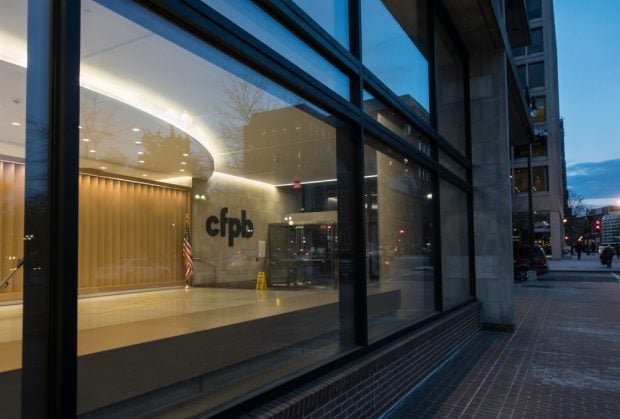Over the past 10 years I have watched and actively participated in setting up various delivery channels at credit unions. Today, credit unions have branches, telephone banking, call centers, online banking, text banking and mail banking. Ultimately, each of these have required credit unions to invest time and money in building specific technology to support the services (other than the mail). With the benefits of these new services has also come additional risk. Each new channel has exposed additional elements around you that are trying to commit fraud against your credit union. Credit unions have reacted by layering on various types of security to deal with the variety of threats unique to each channel. It is a constant evolutionary challenge to stay one step ahead and simultaneously enhance the choices for consumers.
Ultimately though, all of these delivery channels will converge. Members are probably already walking into your branches with iPads and showing you problems in their accounts. They call into the call center with more information at their fingertips than your frontline personnel. They are texting, skyping, video chatting and instant messaging with their families in real time.
We strive to have more personal relationships with our members. Traditionally, technology has been a barrier to this. However, new technologies and a higher technically aware consumer have begun to allow technology to reestablish this personal interaction. The traditional local branch experience, face to face relationship, is now possible in your call centers and your future members won't know anything different. A child born today won't really know what a phone call is–much like a child born 20 years ago has no idea what a rotary phone is. Gen Y has already challenged you to provide text banking, and they certainly never call into audio response, yet we have to provide both old and new technologies.
Recommended For You
The problem is that credit unions treat each of these technologies as silos. Evolving one channel at a time. Each experience is different for the member with different pros and cons. Each time you bolt on some new technology, you increase both the complexity of your operation and the risk for members to scam the system. Ultimately, the world has evolved around these channels.
Consumers don't think of them as channels and get annoyed when they aren't integrated. Isn't it annoying to call someone and know more than the person on the other end of the phone?
One solution is to leverage the cloud. Partner with a cloud provider that will provide this integration. By definition a community cloud will have tools to support the community. This includes integrated voice, chat, video, screen sharing, call center functionality, e-mail and other communication platforms all integrated into one platform.
Why must it be integrated? If it wasn't, why would you buy it? You can buy e-mail or chat or video as standalone products. Making them work together as one for less than the sum of the parts is what cloud delivers.
Imagine a world where your secure messaging tools and data leak prevention tools are already fully integrated across all channels. Today, your employees have a phone. All internal, external, and personal calls come over the one phone. It would be silly for your employee to have five phones. One phone for vendor calls, one for internal, one for personal, one for Gen Y or one for baby boomers. Yet the spread of channel technology is exactly that. Instead of separation, have one platform that converges all devices into one. Take a phone call via your computer, chat through your phone, conference call via your iPad. The power of cloud is in its ability to integrate all of these items into one secure channel so that your members don't need to remember to call vs. chat vs. Skype vs. text. Each of these communication tools work better for some members and better for some employees. Integrating them increases our efficiency by allowing us to use the best tool for the individual.
Kirk Drake is president/CEO of Ongoing Operations LLC.
Contact 240-527-6801 or [email protected]
© 2025 ALM Global, LLC, All Rights Reserved. Request academic re-use from www.copyright.com. All other uses, submit a request to [email protected]. For more information visit Asset & Logo Licensing.






